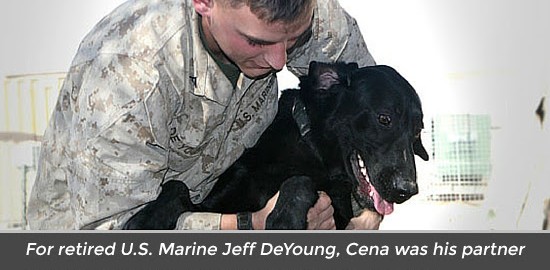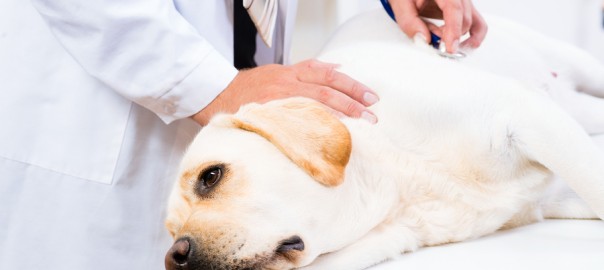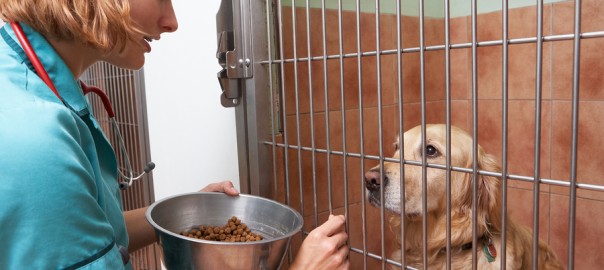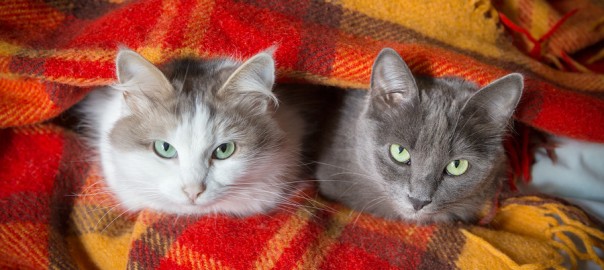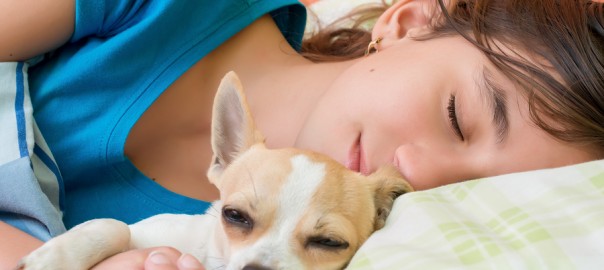My niece recently asked me if I thought it was a good idea to become a veterinary technician — or, as they’ll soon be known if the National Association of Veterinary Technicians of America has its way, a registered veterinary nurse.
I couldn’t think of anyone better positioned to answer her question than NAVTA executive director Julie Legred, CVT, or any better time to share it than now, during National Veterinary Technician Week.
Here’s what Julie had to say to my niece, reprinted here with her permission:
The Bureau of Labor Statistics anticipates that the demand for our profession will grow by 30 percent by 2018. This is a bigger demand than the human healthcare side.
I will also tell you that the veterinary technology profession is very young and we are growing by leaps and bounds. The industry is starting to really get how much of an impact veterinary technicians have in the health and well being of animals, the efficiency they add to the practice, the education they provide to owners to help with compliance, and the bottom dollar they bring in, without even trying, because of the passion they have.
There are many more career paths and opportunities for veterinary technicians if they are looking outside of practices. Shelter medicine, research, specialty hospitals, pet insurance claims adjusters, USDA, large animal/production facilities management, laboratories, education/training, behavior, business ownership, corporate medicine headquarters, industry sales, non-profit leadership, marketing… the list goes on and on.
I have been in this profession for over 30 years and can honestly say I cannot think of any other profession I would rather be a part of. I love it and it can change as you go thru life changes with or without kids, with or without spouses, etc. I just love what I do!
People ask me why I didn’t become a veterinarian. I tell them that is never what I wanted to do! All positions within the veterinary healthcare team need each other and play a very valuable role in keeping pets healthy and happy. No positions is more important than another, but you have to understand what makes you happy every day and pick the position that allows you to do that.
One last thing. This week is National Veterinary Technician Week. If you want to take a peek at the passion that technicians have, feel free to read some of the posts on our Facebook page, or visit our website at www.navta.net.
So if becoming a vet tech was on your mind, but you weren’t sure if the profession’s future was bright, it might be time to take a deeper look.
